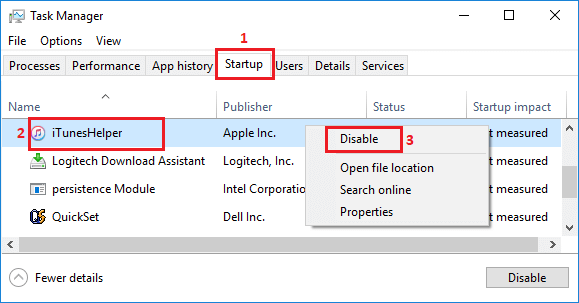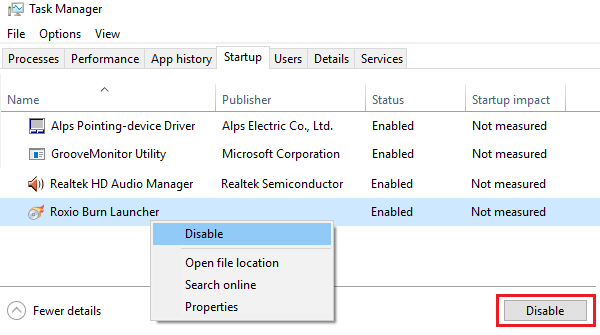

If it’s not, this app isn’t capable of running in the background

You can find out more information about an app by right-clicking the item and clicking Search online. While you can control anything listed in the Startup tab, it's also important to understand what you're trying to disable, because sometimes you could block an app or service that is required to run the OS or application correctly. It could also happen that when an app has been uninstalled, but the entry still shows up in Task Manager. Not measured - This usually means that the app was recently installed and Windows 10 hasn't calculated its impact.Low - The app uses less than 300ms of processor time and less than 300KB of disk I/O.Medium - The app uses 300ms to 1,000ms of processor time, or 300KB to 3MB of disk I/O.High - The app utilizes more than 1,000ms of processor time, or it uses more than 3MB of disk I/O.

Here's exactly how Windows 10 determines each value: To help you determine which apps you should disable, Task Manager displays an impact measurement for each app. If you have a long list, it's a good idea to click the Status column to sort the items into Enabled and Disabled to make the list more manageable.


 0 kommentar(er)
0 kommentar(er)
